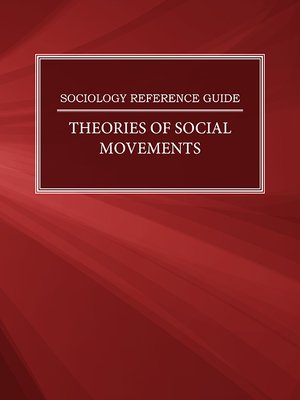
Sign up to save your library
With an OverDrive account, you can save your favorite libraries for at-a-glance information about availability. Find out more about OverDrive accounts.
Find this title in Libby, the library reading app by OverDrive.



Search for a digital library with this title
Title found at these libraries:
| Loading... |
This collection begins with an essay by Jonathan Christiansen that discusses the relationship between narrative and
social movements. He points out that the “function of storytelling and narrative within social movements [is] to create
collective identity, to frame movement origins, and to deal with movement setbacks and defeats.” Christiansen also
discusses the four stages of social movements: emergence, coalescence, bureaucratization, and decline. Simone I.
Flynn continues with an analysis of the different models of social movements, including the alternative, redemptive,
reformative, revolutionary, new social movement, and the economic classification models. An overview of major
social movements is then provided by Ruth A. Wienclaw and Alexandra Howson. In their essay, they outline the initial
development of such movements, their political and legal goals, and their ability to bring about social change within
a society. Carolyn Sprague gives two specific examples in her examination of the Women’s Rights Movement and
the Gay Rights Movement, and Christiansen reenters the conversation with a review of violence in relation to social
movements.






